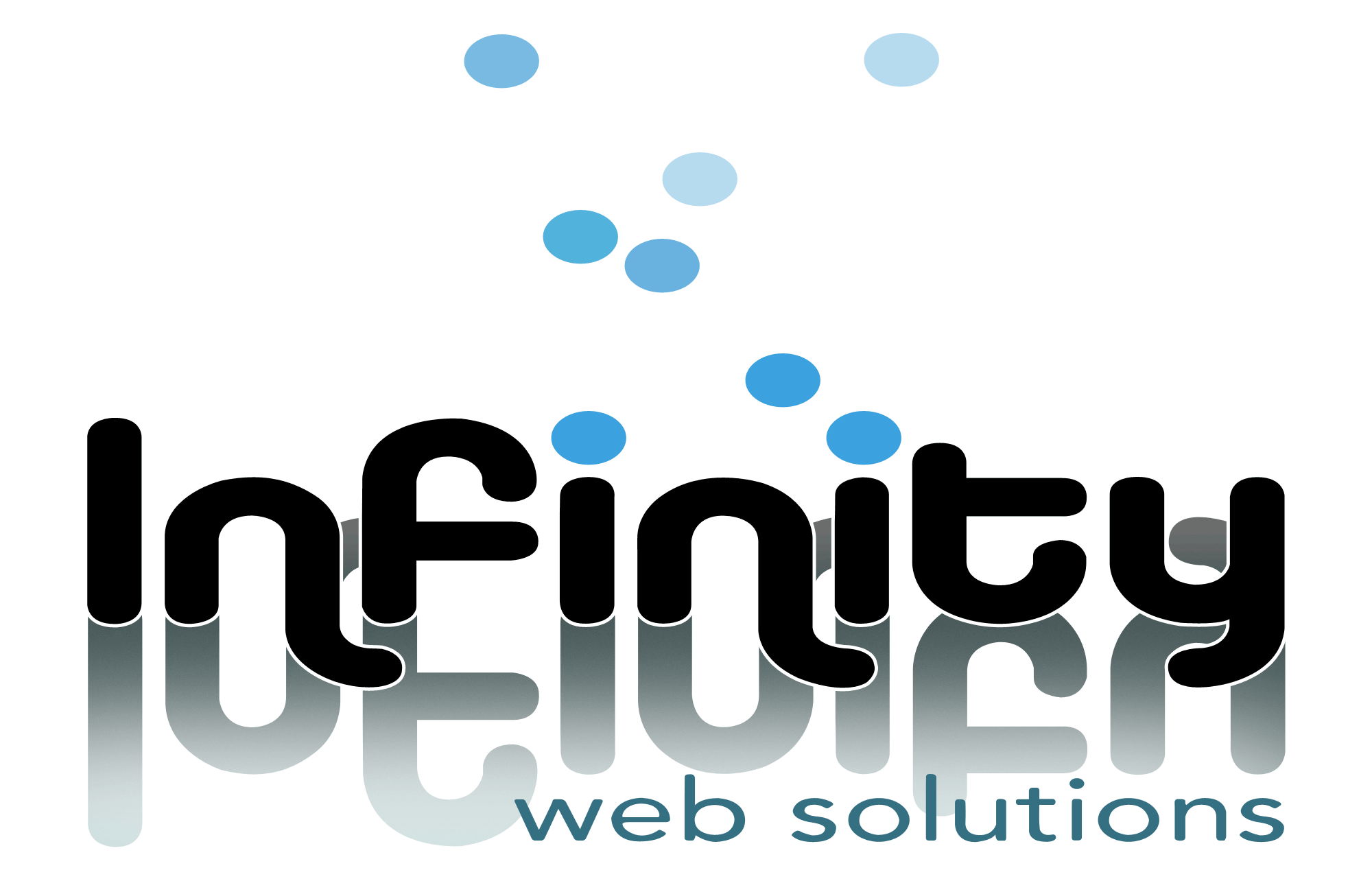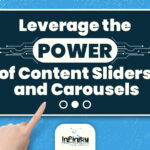The future is unpredictable, and in today’s rapidly changing world, businesses need to make informed decisions quickly to stay ahead of the game. Fortunately, with the help of predictive analytics, businesses can unlock the power of their data to make accurate predictions and gain valuable insights into their operations. Predictive analytics is a powerful tool that leverages data to make informed decisions. It uses advanced statistical models and machine learning algorithms to analyze historical data and forecast future trends. With the rise of big data, it has become an essential component of many industries. However, the potential applications of predictive analytics are broad. Therefore, it is essential to explore how businesses can harness the power of predictive analytics to make informed decisions and unlock the future of their operations.
Reasons Why Businesses Should Consider Predictive Analytics
Organizations need to have the right data infrastructure to harness the power of predictive analytics. This includes collecting and organizing data from various sources, ensuring data quality and accuracy, and implementing robust data governance processes. They also need the right talent, including data scientists, analysts, and engineers who can build and maintain predictive models. Additionally, organizations need to be able to communicate insights effectively and integrate them into their decision-making processes.
Moreover, it has the potential to unlock the future and help organizations make informed decisions. By leveraging data, organizations can identify trends, patterns, and relationships that would otherwise be invisible. However, organizations must invest in the right infrastructure, talent, and communication processes to fully realize the benefits of predictive analytics. With the right approach, it can be a powerful instrument for driving innovation, improving efficiency, and enhancing customer experiences.
The Benefits of Using Predictive Analytics in Decision-Making
Predictive analytics uses statistical algorithms and machine learning techniques to analyze historical data and identify patterns, trends, and correlations that can help businesses make better decisions. By leveraging predictive analytics, businesses can optimize their operations, reduce costs, and improve their bottom line. Additionally, the benefits of predictive analytics are numerous, with applications across a vast range of industries and business functions. As a result, more and more businesses are turning to it to gain a competitive advantage in the marketplace.
Predictive analytics can help businesses gain valuable insights into their operations and make informed decisions.
Using statistical algorithms and machine learning procedures to examine data, it can identify patterns and correlations that may only be apparent after manual analysis. This can lead to more accurate and reliable predictions, allowing businesses to optimize their operations and stay ahead of the competition.
One key benefit of predictive analytics is the ability to anticipate future trends and events.
By exploring historical data and identifying patterns, businesses can develop predictive models that help them anticipate future changes in their industry or market. This can allow businesses to quickly adapt to new trends or opportunities, giving them a competitive advantage.
Another benefit of predictive analytics is the ability to reduce risk and uncertainty.
By using predictive models to identify potential risks or problems, businesses can take proactive measures to mitigate these risks before they become major issues. This can help businesses avoid costly mistakes or disruptions to their operations, improving efficiency and ultimately driving growth and profitability.
Predictive analytics can also help businesses improve customer satisfaction and retention.
By analyzing customer data and identifying patterns in customer behavior, businesses can develop predictive models that help them anticipate customer needs and preferences. This can lead to more personalized and targeted marketing campaigns and improved customer service, which can ultimately drive customer loyalty and retention.
Overall, predictive analytics allows businesses to gain a competitive advantage by making more accurate and reliable predictions, reducing risk and uncertainty, and improving customer satisfaction and retention.
How Predictive Analytics Works for Workforce Planning and Management
In today’s fast-paced business environment, organizations must stay ahead of the competition by utilizing data-driven insights for decision-making. Workforce planning and management is no exception, as companies must adapt to changing market conditions and workforce needs to remain agile and competitive. This is where predictive analytics comes in, as it offers a powerful tool for analyzing historical data and predicting future trends.
It involves statistical algorithms and machine learning techniques to analyze data and predict future events.
In the context of workforce planning and management, this can include analyzing historical employee data such as performance, retention rates, and absenteeism and external data such as economic indicators and industry trends. By leveraging this data, companies can develop predictive models that help them make informed decisions about workforce planning and management, such as predicting future hiring needs or identifying areas where employee training and development may be needed.
Predictive analytics for workforce planning and management improved efficiency and cost savings.
By accurately predicting future workforce needs, companies can avoid overstaffing or understaffing, which can lead to unnecessary costs or lost productivity. Additionally, predictive analytics can help companies identify high-risk employees who may be more likely to leave the company, allowing them to take proactive measures to retain these valuable employees. Overall, predictive analytics offers a powerful tool for companies looking to optimize their workforce planning and management processes, allowing them to stay ahead of the competition in a rapidly evolving business landscape.
It is useful in identifying patterns and trends in employee data that may take time to make apparent through manual analysis.
Using machine learning algorithms, predictive models can identify correlations between factors that may influence employee performance, such as training programs or leadership styles. This allows companies to make more informed decisions about workforce planning and management, such as investing in new training programs or changing leadership structures to improve employee engagement and retention.
Furthermore, it can help companies anticipate future workforce needs based on changing market conditions, allowing them to adapt quickly to new opportunities and challenges.
Final Thoughts
Predictive analytics has become a vital tool for businesses of all sizes, enabling them to harness the power of data to make informed decisions. By making use of advanced algorithms and machine learning techniques, businesses can gain valuable insights into their operations, customers, and competitors, allowing them to optimize their strategies and stay ahead of the curve. Also, by seeking help from the experts like Infinity Web Solutions, your business can achieve its goals in no time.










